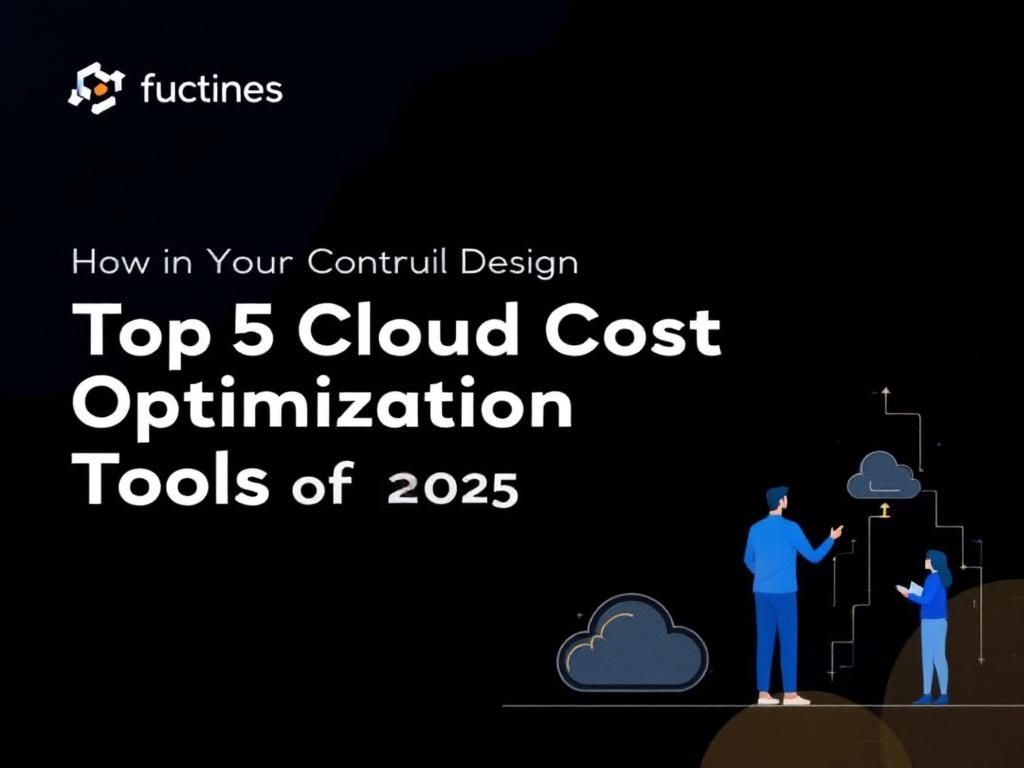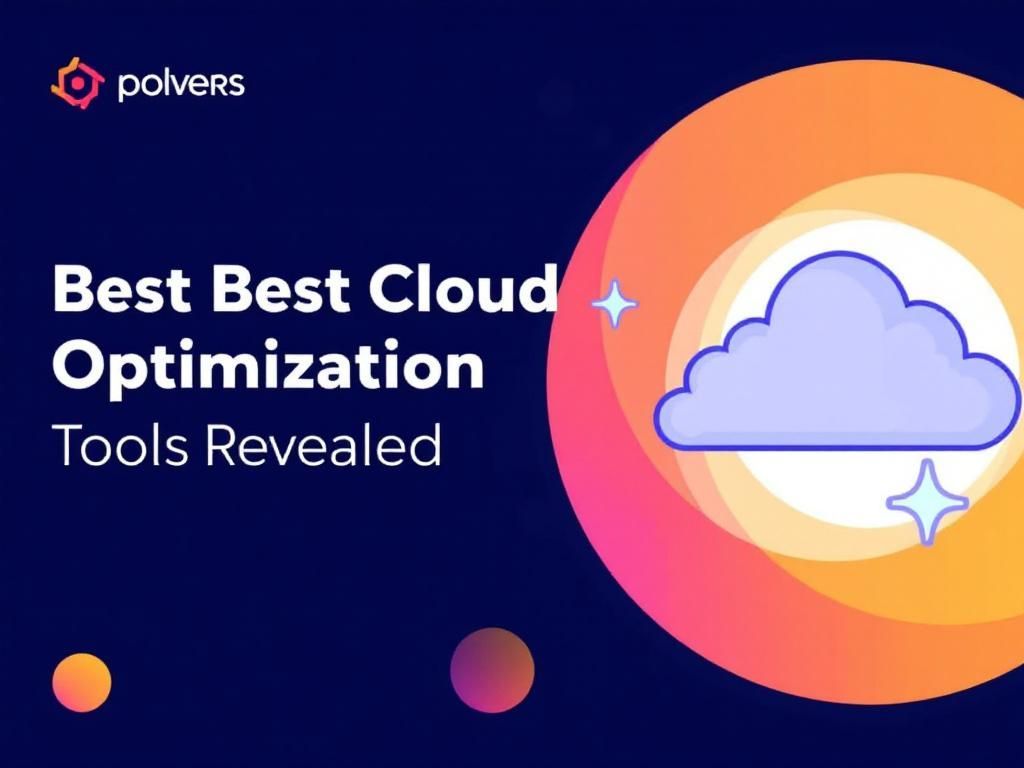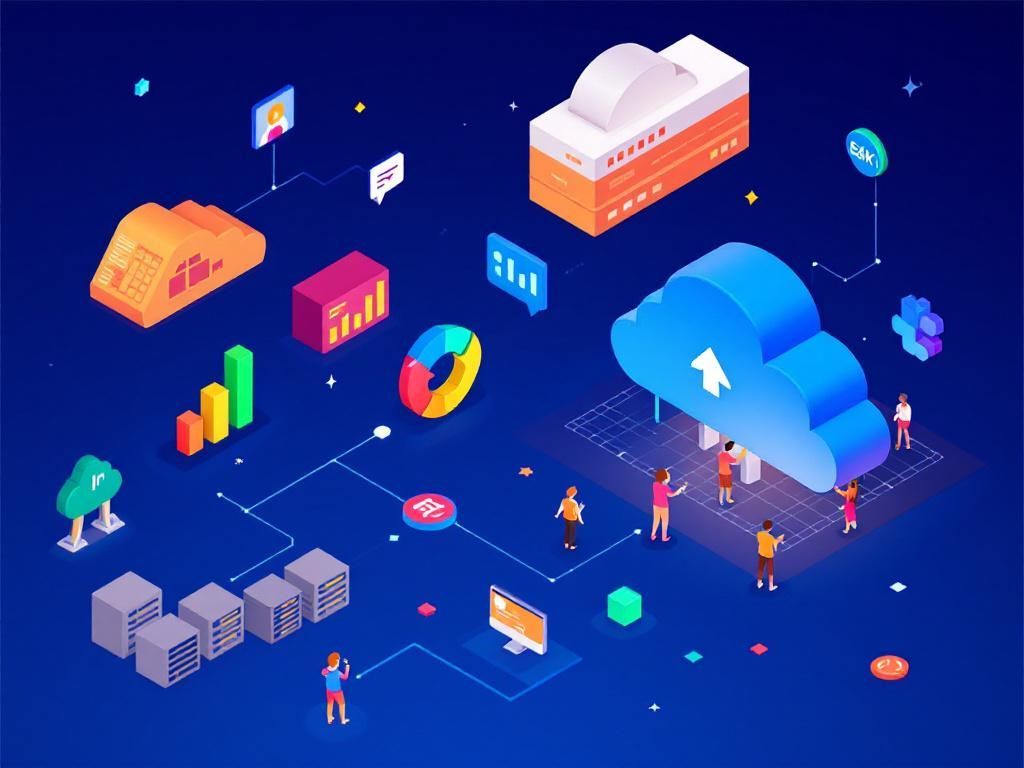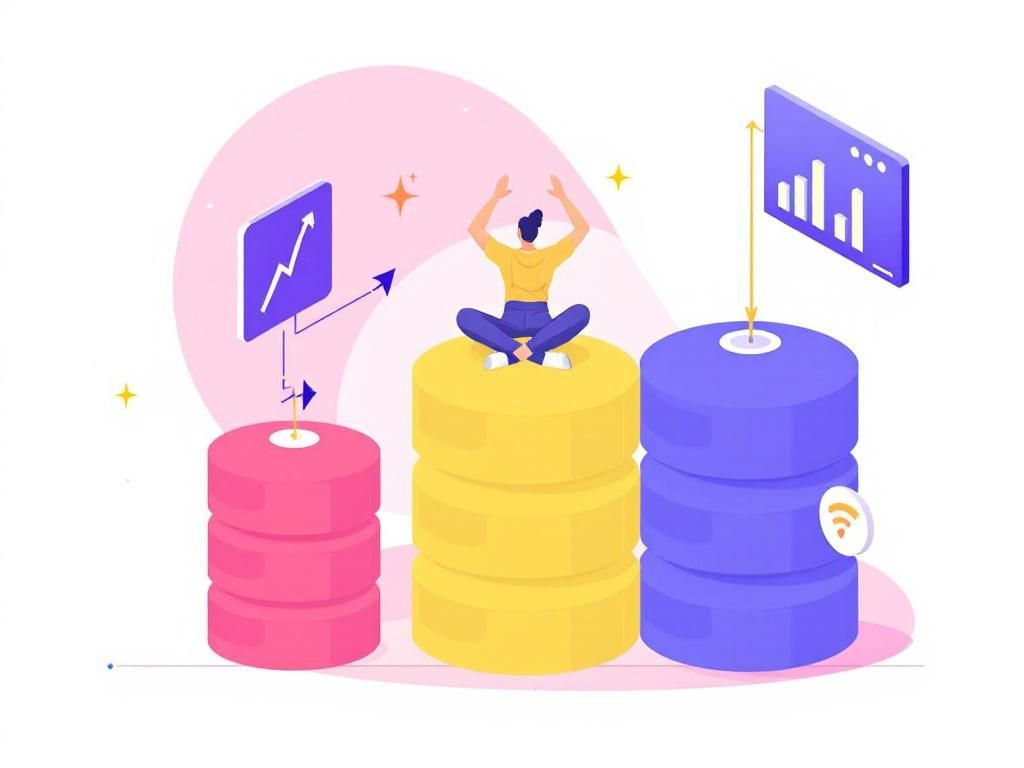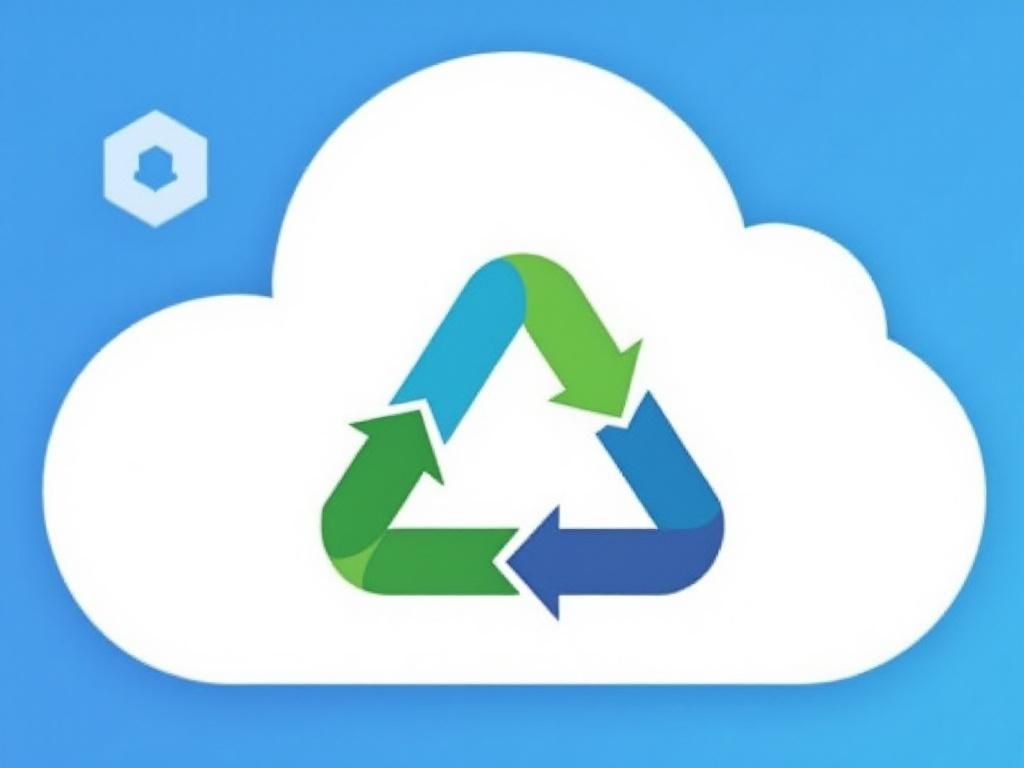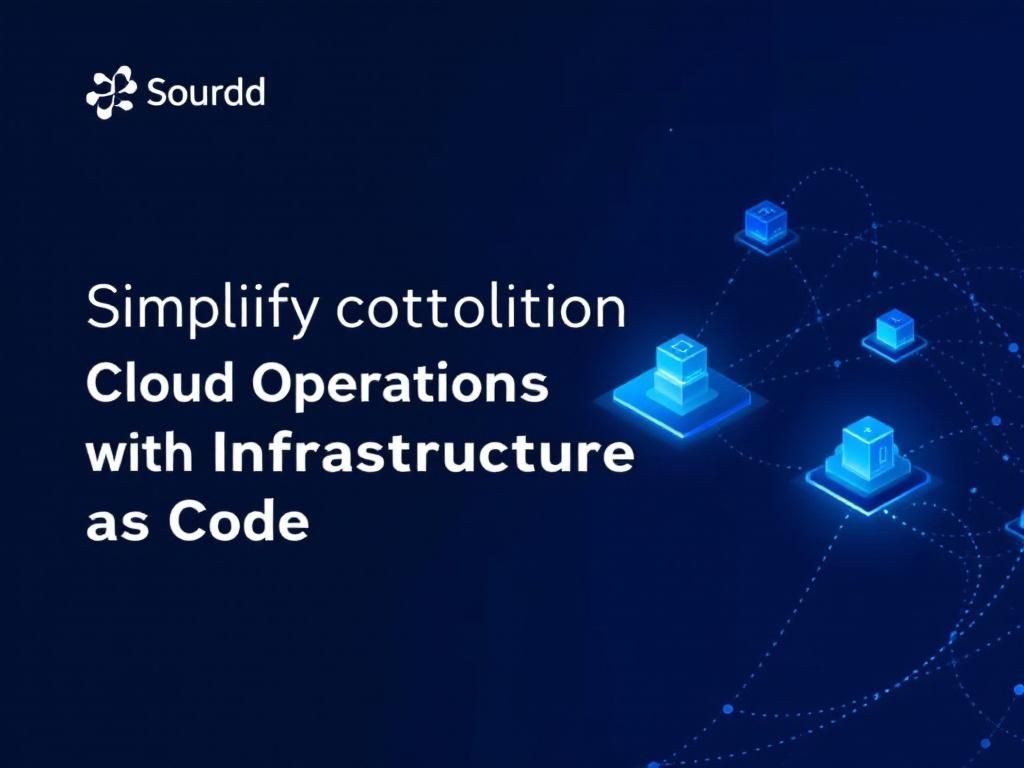The Ultimate Guide to Serverless Solutions in 2025
Explore the future of serverless solutions in 2025 with our comprehensive guide, covering benefits, challenges, and best practices.
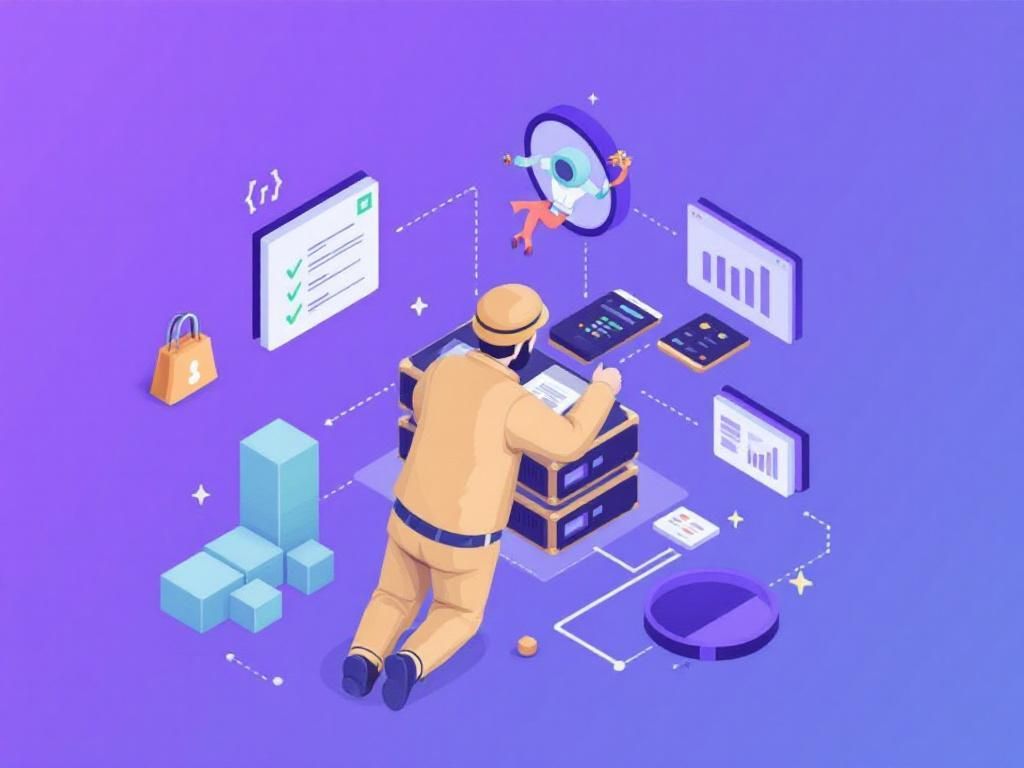
The technology landscape is rapidly evolving, with serverless computing emerging as a leading paradigm in software development. As we approach 2025, organizations are increasingly looking to adopt serverless solutions to enhance scalability, reduce operational costs, and streamline their architecture. This article delves into the core concepts of serverless computing, its benefits, challenges, and best practices to help you make informed decisions for your tech infrastructure.
Table of Contents
Understanding Serverless Computing
Serverless computing refers to a cloud-based execution model where the cloud provider dynamically manages the allocation of machine resources. This allows developers to focus more on building applications rather than managing servers. Despite the name, servers are still involved; the term ‘serverless’ implies that developers do not need to manage the server infrastructure.
Key Concepts
- Function as a Service (FaaS): This is the most recognized model of serverless computing, enabling developers to deploy individual functions without managing the underlying servers.
- Backend as a Service (BaaS): This model provides ready-to-use backend services for mobile and web applications, allowing developers to integrate functionalities without writing extensive backend code.
- Event-driven Architecture: Serverless functions are usually executed in response to events, such as HTTP requests, database updates, or cloud storage changes.
Benefits of Serverless Solutions
Adopting serverless architectures offers several advantages that can significantly impact an organization’s technological efficiency:
1. Cost Efficiency
One of the most substantial benefits is the reduction in costs:
- Pay-per-use billing model allows businesses to pay only for the compute time they consume.
- Elimination of server maintenance costs and the need for a dedicated server infrastructure.
2. Scalability
Serverless applications can automatically scale up or down based on demand:
- No need to pre-provision resources; the cloud provider handles scaling seamlessly.
- Efficient load distribution ensures high availability during peak times.
3. Faster Time to Market
Developers can deploy applications faster:
- Focus on coding rather than server management.
- Boosted productivity with an emphasis on writing business logic rather than infrastructure.
4. Enhanced Security
Serverless architectures often come with built-in security measures:
- Automatic updates and management of the underlying infrastructure mitigate vulnerabilities.
- Isolation of functions enhances security against attacks.
Challenges of Serverless Computing
Despite its many advantages, serverless computing does come with challenges:
1. Cold Start Latency
When a function is not actively running, there can be a delay in invocation:
- Cold starts may lead to higher latency for end-users.
- Strategies like function warming can mitigate this issue but may add additional costs.
2. Vendor Lock-In
Relying on a single cloud provider can create dependency:
- Migration between providers can be complex and costly.
- Consider multi-cloud strategies to mitigate lock-in risks.
3. Monitoring and Debugging
Traditional tools may not work effectively in a serverless environment:
- Need for specialized monitoring tools that can handle distributed systems.
- Debugging can be more challenging due to the stateless nature of functions.
Best Practices for Implementing Serverless Solutions
To make the most out of serverless architectures, consider the following best practices:
1. Design for Failure
Embrace the unpredictability of a serverless environment:
- Implement retry logic for transient failures.
- Use fallback strategies to handle errors gracefully.
2. Optimize Function Size
Keep functions small and focused:
- Each function should accomplish a single task, improving maintainability and reusability.
- Consider managing dependencies effectively to reduce cold start times.
3. Use API Gateways
API gateways serve as a crucial component:
- They help manage traffic, enforce security policies, and provide a consistent interface for backend services.
- Utilize built-in features like authentication and rate limiting.
4. Monitor and Analyze
Continuous monitoring is vital for performance optimization:
- Leverage cloud-native monitoring tools to gain insights into function performance.
- Analyze logs to identify bottlenecks and optimize accordingly.
Comparing Serverless Providers
Many cloud providers offer serverless solutions, each with unique features. Below is a comparison table of popular serverless platforms:
| Provider | Key Features | Pricing Model |
|---|---|---|
| AWS Lambda | Extensive integrations, custom runtimes, supports multiple languages | Pay-per-invocation |
| Google Cloud Functions | Integrates with Google services, simple deployment | Pay for compute time |
| Azure Functions | Rich development ecosystem, triggers from Azure services | Consumption plan pricing |
| IBM Cloud Functions | Apache OpenWhisk based, supports multiple programming languages | Pay-as-you-go |
Future of Serverless Computing
As we look towards 2025 and beyond, the serverless landscape is set to evolve further:
- Increased integration with artificial intelligence and machine learning services.
- Expansion of event-driven architectures in microservices.
- Emergence of new security protocols and standards tailored for serverless environments.
Conclusion
Serverless computing represents a transformative shift in how applications are developed and deployed. By understanding its benefits, challenges, and best practices, organizations can harness the power of serverless architectures to drive innovation and efficiency. As we move closer to 2025, staying informed about advancements in this field will be crucial for leveraging the full potential of serverless solutions.
FAQ
What are serverless solutions?
Serverless solutions are cloud computing models that allow developers to build and run applications without managing servers. The cloud provider automatically handles the infrastructure, scaling, and server management.
What are the benefits of using serverless architecture?
The benefits of serverless architecture include reduced operational costs, automatic scaling, enhanced developer productivity, and improved agility in deploying applications.
How does serverless computing impact application development?
Serverless computing allows developers to focus on writing code without worrying about server management, leading to faster development cycles and easier maintenance.
What are the main challenges associated with serverless solutions?
Challenges of serverless solutions include cold start latency, vendor lock-in, monitoring difficulties, and potential security concerns.
How can businesses prepare for a serverless future in 2025?
Businesses can prepare for a serverless future by adopting cloud-native practices, training teams on serverless technologies, and gradually migrating existing applications to serverless architectures.
What are popular serverless platforms available today?
Popular serverless platforms include AWS Lambda, Google Cloud Functions, Microsoft Azure Functions, and IBM Cloud Functions, each offering unique features for developers.



